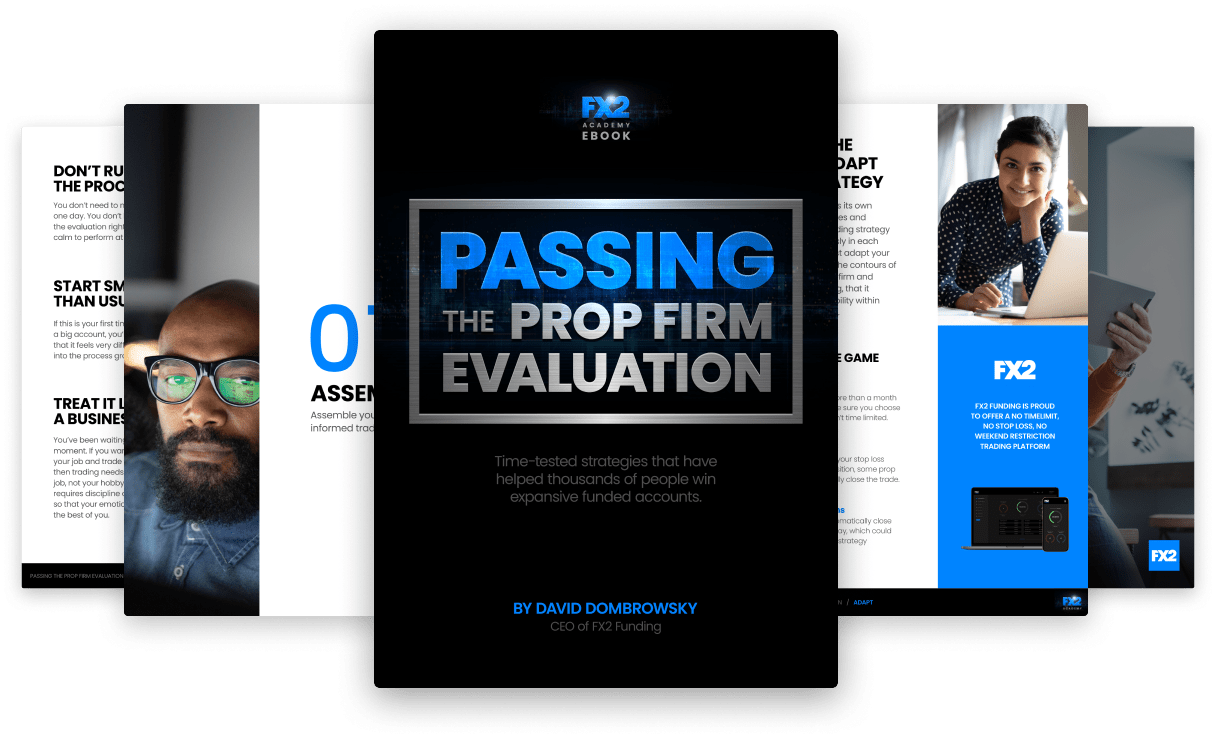Read about using fractal indicator in trading. Our experts explained a possible fractal trading strategy for your best outcomes. Learn how to trade with fractals on the Index Fundings Blog.
A strong trading mentality is a very important component in generating lucrative results. While it is often overlooked, it sets profitable traders apart from other players. Your prospect of success is low if you cannot remain disciplined and put your emotions under check. Read on to learn key tips for improving your trading psychology.
Trading psychology refers to the frame of mind and emotions while trading. With proper trading psychology, a trader can shun emotions, remain objective, and trade based on agreed rules rather than make irrational decisions.

Source: Investorsunderground.com
Emotions are some of the biggest obstacles for any trader looking to be objective and stick to rule based strategy. Fear and greed often than not, force traders to trade haphazardly without putting to use their tested strategy or rules.
For instance, the fear of losing another trade forces some traders to hold on to a losing position much longer than they should. Fear also causes traders to close positions as soon as a loss emerges instead of waiting for the trade to play out. Proper trading psychology ensures one keeps the buy and sell strategy free of fear.
Similarly, greed often causes traders to hold on much longer to a winning position instead of taking profits, to the extent of a market reversing, resulting in all profits being wiped out. Greed also causes traders to enter trades that they should not.
Strong market psychology is the only way any trader can remain objective and avoid the pitfalls of greed and fear.

The best way to remain disciplined and objective while trading is to create a trading plan and resolve to stick to it. A rule-based trading strategy ensures trades are opened and closed based on set-out guidelines rather than fear and greed.
The trading plan should entail when to open buy and sell positions and close them down. Additionally, the plan should detail when to stay off the market. Finally, the plan should also involve a risk management strategy involving a stop loss and when to take profits using profit-take orders.
It would be better to look at the trading plan whenever you start feeling stressed, fearful or greedy.
The internet is an unlimited source of resources, some good and some bad. While trading, the prospect of encountering divergent views or plans is typical. Some may be helpful, and some may be noisy.
The vast majority of the information on the internet is merely noise that acts as a distraction. Therefore, it is important to shun such news aimed at taking your confidence. While everyone comes with a different approach to the market, sticking to the trading plan can help ignore most unnecessary information that is merely noise.
Remember that just because something worked for somebody may not work for you. Similarly, just because it worked in the past does not mean it will work in the future.
Siting glued to the screen an entire trading day only messes up the trading psychology. It is vital to take breaks to help the mind relax and digest whatever is happening in the market. Breaks also help ease any emotional strain that may cloud judgment and lead to irrational decisions.
While taking breaks, do something completely different from trading to help reconfigure and rejuvenate the brain. In addition, the suspension will help ease any emotional strain, making it difficult to remain objective in the market.
No matter how proven or effective the underlying strategy is, it is essential to understand that the market will always do what it wants. Therefore, there is no such thing as being correct all the time; all trades lead to profitable outcomes.
In this case, there will always be periods of downtown when things need fixing. Therefore, the prospect of making losses will always be high. However, understanding losses are part of the trading process should help calm the nerves and prepare for the next trade or day.
The trading plan is okay even if something needs fixing in a given trading session. The losses could be coming because of forces beyond your control.
While trading, always be cautious and remind yourself that money is on the line. There is always the risk of forgetting that the actual numbers on the screen are real money, thus a lot at stake. This way, it becomes much easier to avoid being greedy, let alone letting fear take control and influence the decision-making process.
Whenever a big loss hits home, it is vital to have the emotional strength to stomach it. So instead of making hasty decisions to try to recoup the loss, take a back seat and understand what the market is doing and what went wrong.
A journal is an important aspect of the trading career. It allows one to monitor all the trades made and why they were made. Putting everything down is a sure way of keeping in touch with all trading activities and shunning any bad behaviors that might come into being due to emotions.
Additionally, it is important to review each trade made, whether it ended at a loss or a profit. Carrying out an in-depth analysis helps strengthen and polish the trading strategy, making it more effective and reliable for generating positive outcomes.
Regardless of the analysis carried out, you will never know what the market is going to do. Therefore, you must develop a clear plan for entering a trade and exiting at a loss or profit. With clearly spelled-out entry and exit rules or signals, gambling risk in the financial markets is always low.
Likewise, emotions will always take over, resulting in trades that should not have been made in the first place. The fact that the market sometimes behaves differently than expected means one should always have a strategy for getting in and out. Always have a clear plan to exit rather than waiting for the market to offer a clear exit sign.
No matter how much you learn, study, practice, or analyze the market, having a proper mental edge will dictate the amount of success you enjoy in trading. Discipline is an important attribute that helps traders remain calm and collected in the market. In this case, trading based on a spelled-out strategy and rules becomes much easier than being an emotionally driven trader.

Read about using fractal indicator in trading. Our experts explained a possible fractal trading strategy for your best outcomes. Learn how to trade with fractals on the Index Fundings Blog.
Are you thinking about using the breakout strategy? Check out tips on breakouts trading from our experts on Index Fundings Blog. Read about false breakouts and build your winning strategy.
Read about news impact on Forex. How to understand forex news? Explore how to trade the news in Forex market: trading strategy from our experts on the Index Fundings Blog.
What is a stop-loss and how to use it? How to determine stop-loss and where to set it? Difference between the stop loss and stop limit on the Index Fundings Blog.
Check out the best indicators for swing trading in our article and trade with maximum profits. Top technical indicators for swing trading on the Index Fundings Blog.
Indicators and tools that forex traders use to identify the direction of the trend. Read how to determine whether a currency pair is in a trending market on the Index Fundings Blog.
Day trading with $1000: how to start day trading with 1000 dollars, tips on how not to lose, and how much can you make. Strategy for small day traders on the Index Fundings Blog.
What is range trading? How to identify the range? What range trading strategy to choose? Find the answers to these questions on the Index Fundings Blog.
How to be a successful scalper? Check out our scalping tips and techniques. Read our Do's and Dont's and scalp successfully with Index Fundings.
What is order flow? How to read and use order flow in trading? Order flow charts and indicators. Explore order flow trading strategy from Index Fundings experts.
